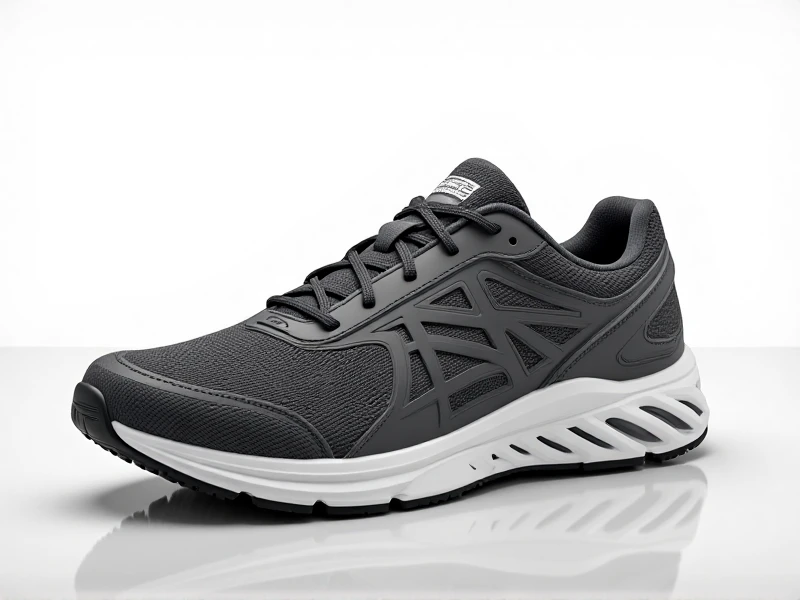Your Essential Guide to Choosing High-Quality Running Shoes

Running is a fantastic way to boost fitness, relieve stress, and connect with nature—but without the right footwear, it can quickly turn painful. As a longtime runner, I've seen firsthand how poor shoe choices lead to blisters, shin splints, or even long-term injuries. That's why investing in great running shoes isn't just about comfort; it's about protecting your feet, improving performance, and making each run more enjoyable. In this guide, I'll walk you through everything you need to know to find the perfect pair, from key features to trusted tips.
First, understand why dedicated running shoes matter. Unlike everyday sneakers, they're engineered with advanced cushioning, support, and flexibility. Each step produces impact forces that, if unabsorbed, strain your knees, hips, and back. High-quality running shoes use materials like EVA foam or gel to dissipate that shock, promoting a safer and more efficient stride. They help prevent common issues like plantar fasciitis by stabilizing your gait. Whether you're a new runner starting a couch-to-5k program or training for a marathon, your shoes are your foundation.
When selecting running shoes, focus on a few critical elements. Start with the fit: try them on in-store during the afternoon when feet swell slightly. Ensure a snug but not tight hold around your heel, with extra space ahead of your toes for natural movement. Ignoring this often leads to discomfort during long runs. Next, consider cushioning levels. For example, if you often run on hard pavement or carry extra weight, ample cushioning reduces fatigue. For trail runners, prioritize tread and waterproofing. Also, match the shoe type to your gait—neutral cushioned shoes for most runners, stability models if you overpronate, or motion-control options for severe cases.
Weight plays a huge role too. Lightweight running shoes, like those from brands such as Nike or ASICS, excel for speed work and races but can compromise support on longer distances. Heavier, well-cushioned options like Brooks' Ghost series offer enhanced durability for daily training. Overall, don't rely solely on brands; personal fit trumps reputation. I recommend testing pairs on a treadmill at retailers before buying, as an ill-fitting shoe hampers even short jogs.
In conclusion, spending time to find the right running shoes pays off in spades—better runs, fewer injuries, and more fun. Re-evaluate your pair every 300-500 miles as cushioning wears down. Now, lace up confidently and hit the trails! For personalized advice or the latest gear reviews, explore our blog for more in-depth guides. Happy running!